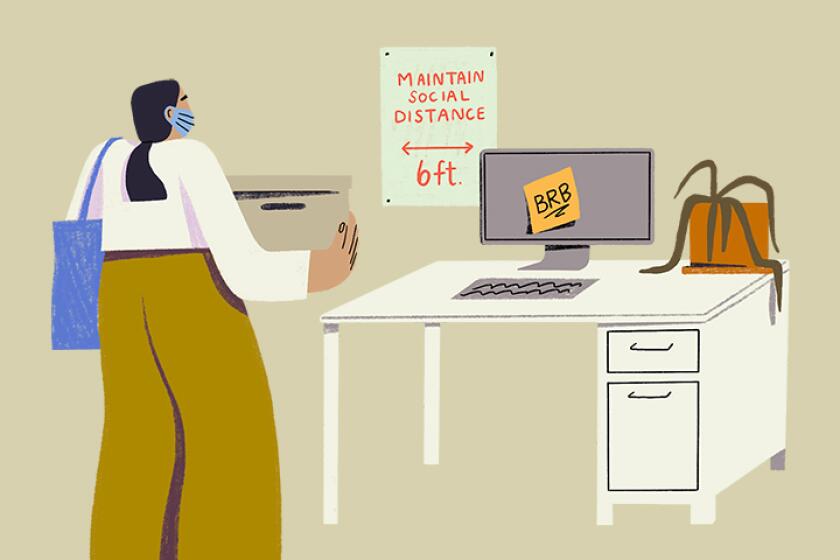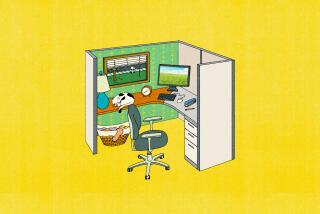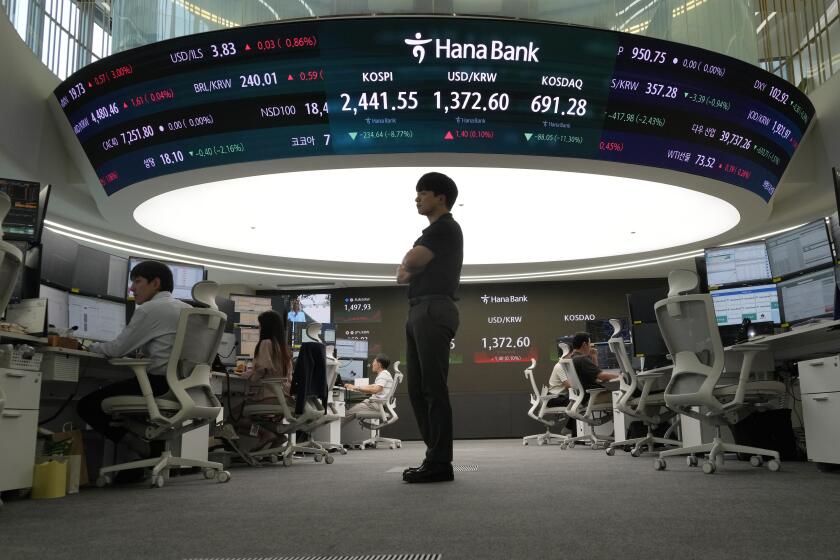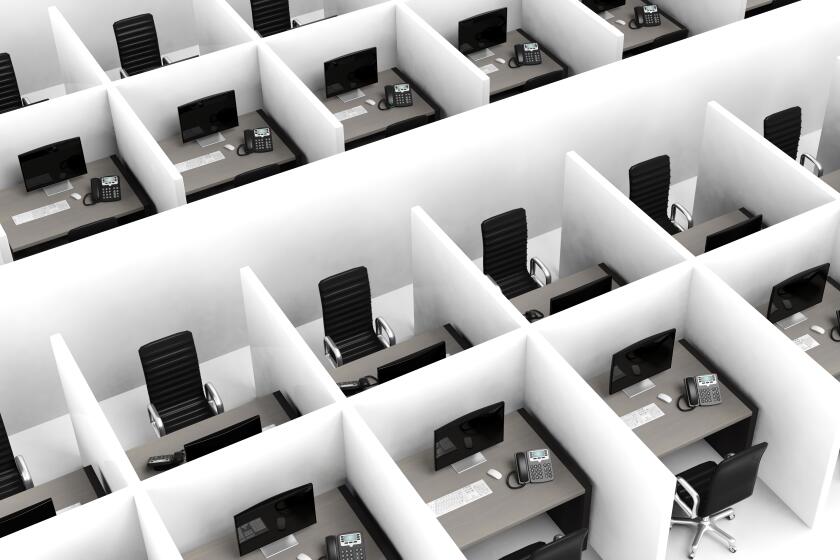Less office space, more video screens: How one company is embracing hybrid work
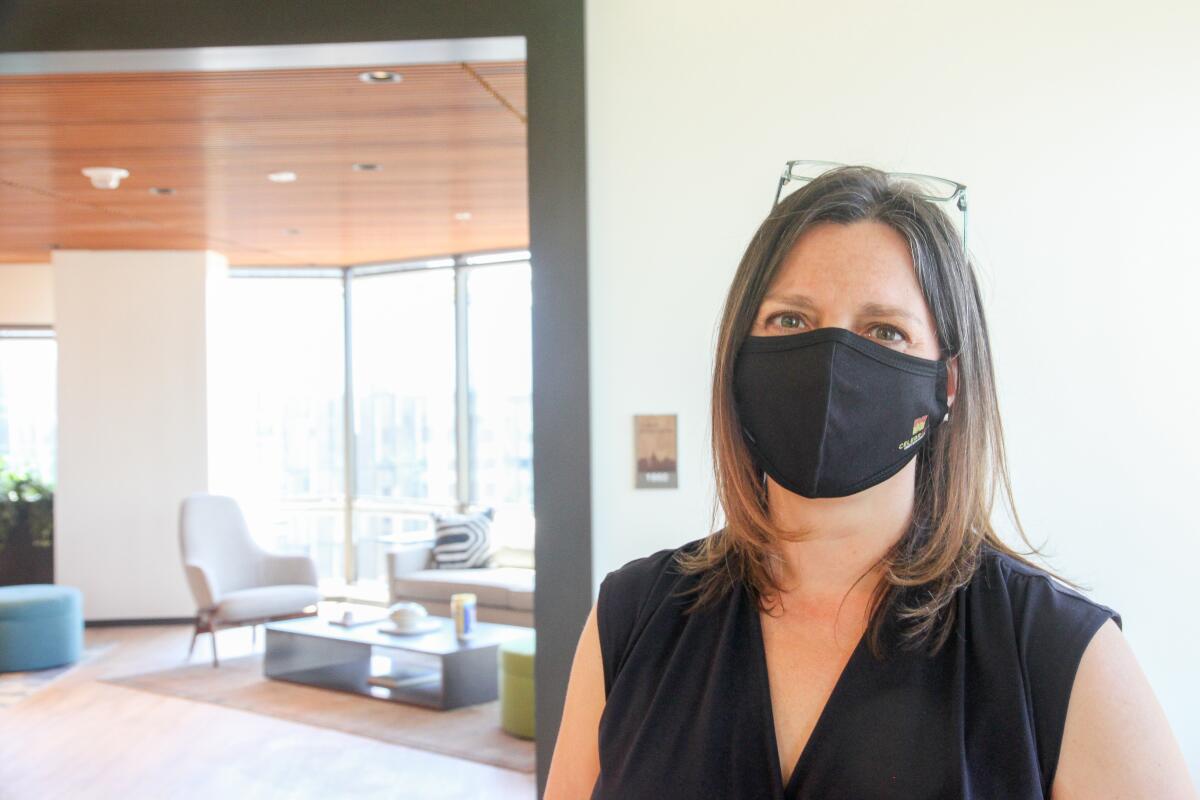
A paper sheet is taped atop a television screen at Clorox Co.’s newly redesigned headquarters. “Please look at the camera,” it says.
It’s a reminder to employees that hybrid work is here to stay, that remote workers no longer are just dial-in observers with an occasional something to say, but now are intrinsic and essential to everyday operations.
“We believe the future of work is hybrid. We’re changing everything about how we learn, how we work,” said Kirsten Marriner, chief people and corporate affairs officer.
Marriner is acting as tour guide to show off the redesigned interior of the consumer product company’s main office in downtown Oakland.
When Clorox workers start returning there in July, it will be to a very different environment from the one they left, designed for a working style that’s more location-agnostic and collaborative and a world where the fear of virus transmission is still very much on people’s minds, if not quite so pressing. Desks, chairs and TV screens will be easily movable to accommodate social distancing. Sinks and paper towel dispensers will respond to a wave of a hand. Bathroom doors will open with a touch of a toe. Air flow systems will provide better circulation.
Businesses across the country and around the world are trying to figure out what returning to work should look like after a year of adjustments to remote work, and the fact that many workers want to continue working remotely, at least some of the time. While some of these accommodations and precautions for the realities of COVID-19 may soon seem redundant or outdated with California on the verge of permitting unmasked, un-distanced office work for the fully vaccinated, for Clorox, they are part of a bigger shift.
The company began planning a new interior architecture three years ago, but the pandemic caused the company to double down on the hybrid model. Clorox is anticipating that the number of people who want to work remotely full time or part time will increase. Which is fine with the company’s leadership, because the last year has convinced them that remote work in general does not reduce productivity. In fact, they found, it can boost it.
“We were on the flexibility train before COVID but now we’re going deep into it,” Marriner said. “We believe there is value to being together — but not all the time.”
Some of us are hoping that a year of remote work will lead to greater job flexibility. Others can’t wait to get out of the house.
With offices and factories around the world, Clorox sells goods ranging from its eponymous bleach and wipes to Kingsford charcoal briquettes, Hidden Valley salad dressings and Burt’s Bees cosmetics. About 650 of its 8,800 employees worldwide are based at company headquarters.
The woodsy new color scheme — dark browns and deep greens — announces a new tone. “It used to be traditional cubicles and offices and lots of white Formica kind of stuff,” Marriner said.
Each floor is encircled by outer windows that let in plenty of natural light. No one has his or her own office anymore — not even C-suite executives — but there are meeting rooms and private workspaces aplenty, in various configurations, many furnished not with standard office furniture but with homey couches and chairs.
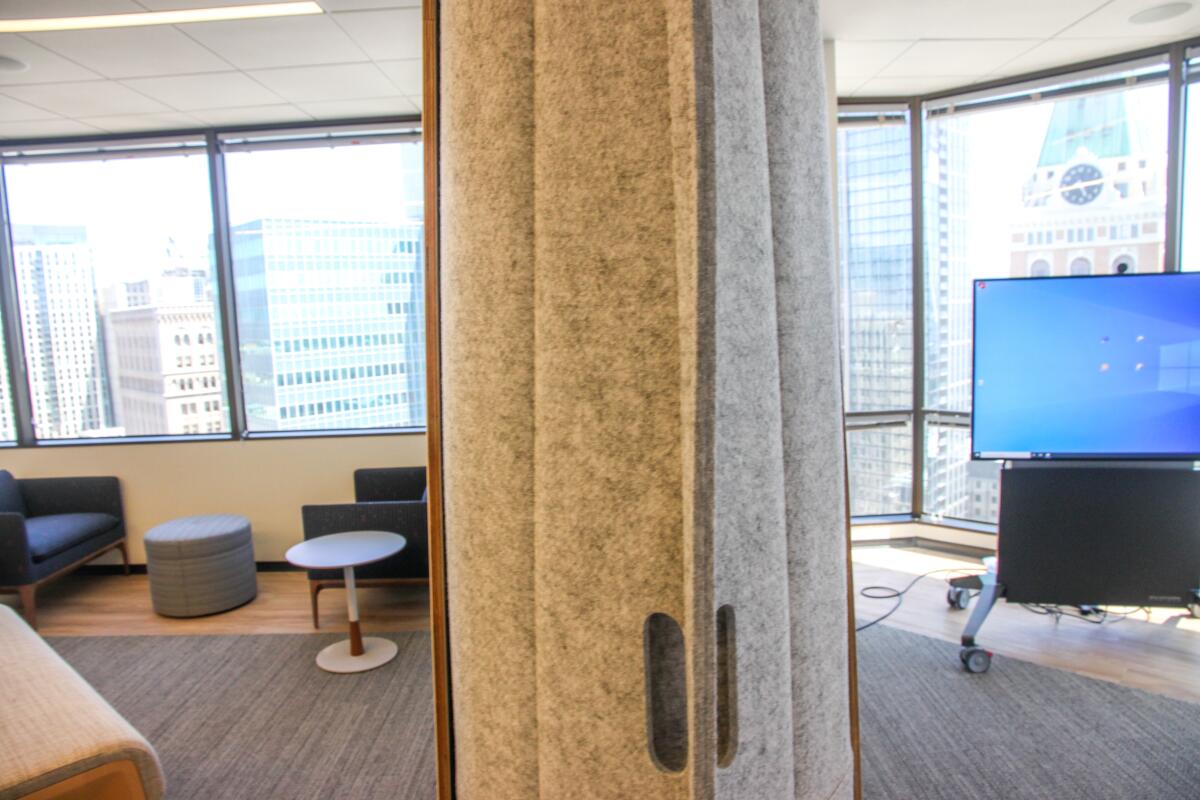
Several meeting rooms are fitted with desks and tables specifically tailored for use with Microsoft Surface computer systems, configured for collaborative work.
Before COVID, Clorox had concluded that offering workers the flexibility to occasionally work from home was good for morale and could boost productivity. The new office spaces were designed with video screens on walls and hanging from ceilings so remote workers could be included. Some screens were built for portability, on rollers and battery powered so their placement didn’t depend on the location of an electrical outlet.
The last year fortified Clorox’s support for the hybrid model, although company policies on the matter are intentionally a work in progress.
“Everybody wants to know how many days they’ll work on site and how many at home,” Marriner said.
Workers will be invited to start returning to the office in July but won’t be required to do so. “We’ll use July to December as an extended transition period,” Marriner said, and use data and direct experience to begin to make decisions on new work arrangements. She said the company is not currently planning to require vaccination: “Our approach is educating and incenting but not requiring it.”
By January, the company hopes to arrive at a “new normal” that combines hybrid and on-site work, though it will continue to tweak the guidelines as time goes on.
“Some roles will be 100% in the office, others 100% remote,” Marriner said. “Most will be in between.”
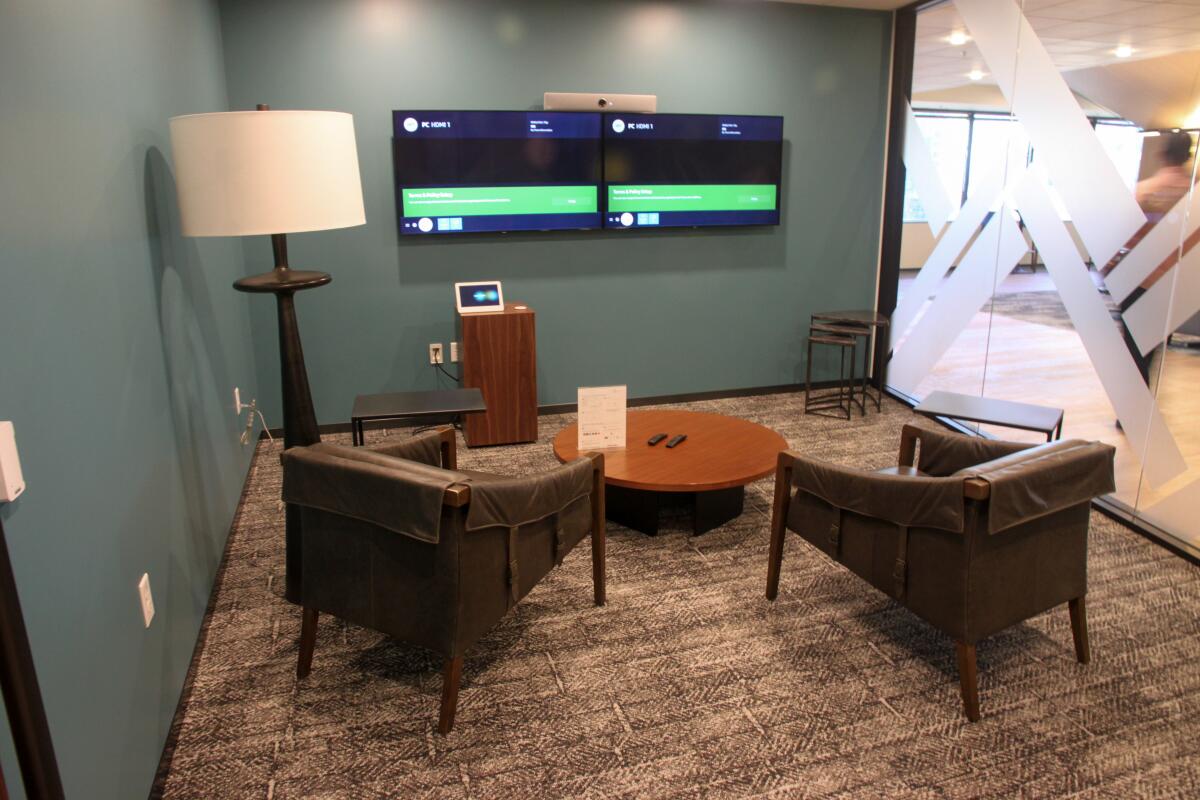
Schedules will depend on the nature of work and the need to be part of a tight team day to day. When possible, there will be accommodation for personal preference.
“We call it freedom within a framework,” she said.
Other Clorox office locations are working on similar plans. Although they will vary from place to place and country to country, the headquarters approach will serve as a model.
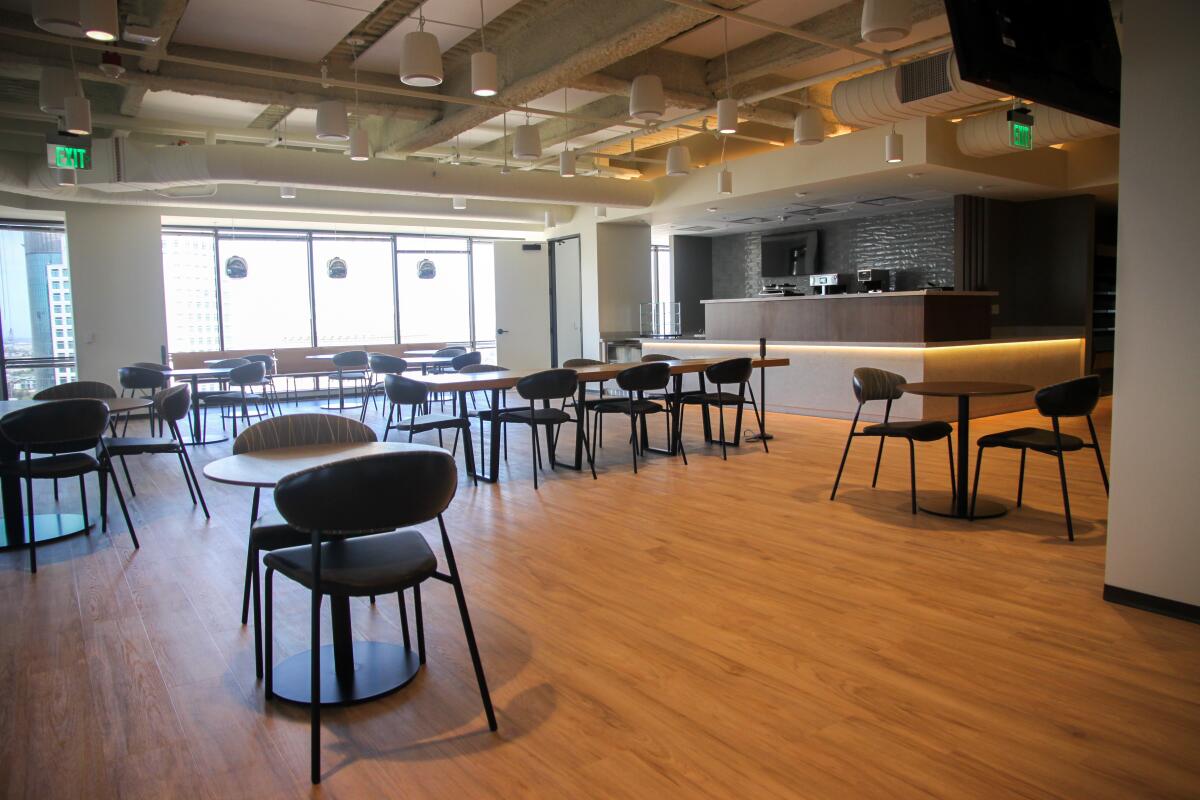
More employees working at home means the company can save money on office space. Before the redesign, Clorox accounted for the top 12 floors in the 24-story building. Now it’s down to nine. The top executives are moving from what was a traditionally hushed set of chambers on the top floor behind heavy doors to a far more open and democratic configuration several floors down.
“We’re encouraging ideas from anywhere,” Marriner said. If the chief executive needs privacy, she can find a meeting room.
Peter Cappelli, a business professor at the Wharton School, said companies that strategically plan office space around new work patterns can benefit from lessons learned during COVID. “If there is a time to make organizational changes, this is it,” he said.
But he cautioned against using hybrid work as an excuse just to cut real estate costs. “There’s a battle going on in companies with CEOs saying, sure, let’s get rid of office space.”
But if done carefully and intelligently with productivity and innovation in mind, “the opportunity for companies that were planning to restructure their offices anyway is terrific.”
More to Read
Inside the business of entertainment
The Wide Shot brings you news, analysis and insights on everything from streaming wars to production — and what it all means for the future.
You may occasionally receive promotional content from the Los Angeles Times.
